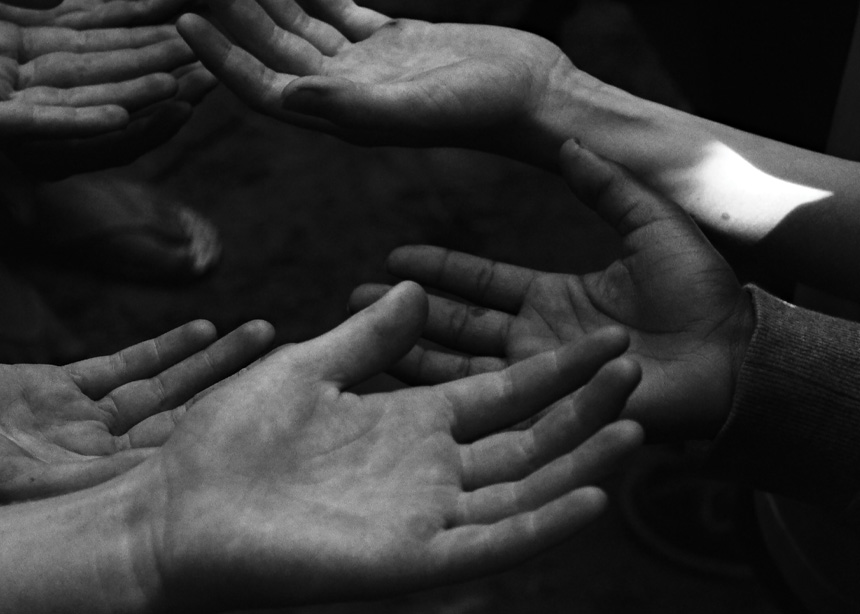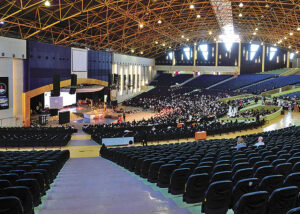I’ve been writing this column for four-and-a-half years, and I’m sure I’ve used the same ideas more than once. In this, my last column, I return to the two core ideas that I get passionate about the most often.
There is plenty of danger in a single story, and yet my story is not dissimilar to many others.
All my grandparents, and those of my husband, came to Canada as immigrants and refugees who didn’t know English. Our grandparents lived in communities that included many people with the same ethnic heritage, sticking together for church participation and their primary social community. Immigration to Canada, recently or longer ago, is part of the stories of nearly all Canadian Mennonites.
In 2023, for the first time since 1958, the average age of Canada’s population was younger than the year before. That is a good thing, because the birth rate that grew the Canadian economy and Canadian churches in my childhood is now so low that society can no longer maintain itself.
Our Canadian society is becoming bigger and younger only because of immigration. Unlike my early years, most immigrants in recent years are not from Europe but from all over the world. Canadian society is shifting dramatically and maintaining itself (even growing) because of immigration.
I wonder if this is true in our congregations.
I worry about how Canadian society will create strong ties that bind us together in healthy ways across all the different ethnicities.
Will recent newcomers follow similar patterns as previous newcomer groups, sticking to themselves and their own language, culture and religion for a generation, and then becoming much more “Canadian” a generation or two later?
Will the oldcomers integrate the newcomers into their churches and social circles?
All urban public schools today are incredibly diverse. Do our congregations reflect that diversity? Or do our churches mostly reflect the aging white population that came to Canada two or five generations ago?
I believe there are biblical and sociological arguments for why our churches need to not only embrace the intercultural aspects of Christianity, but also be a witness to our society that integration is possible. I worry about future divisions in society. I want the church to be on the forefront as examples of being intercultural. The church is bigger than our ethnic or cultural roots, right?
That leads me to my second topic: Unity in the church.
I fear that our churches will not be able to rise above the human tensions that so often divide us. Part of that tension comes from our diverse languages, cultural heritages and worship styles.
I think another aspect of these tensions comes from our diverse interpretations of the Bible as we consider our life and ethics in these times. Our religious values and ethics are deeply impacted by our cultural heritage. Sometimes it is hard to say which comes first, the biblical interpretation or the cultural heritage that shapes that interpretation.
Our call by God, as found over and over again in the New Testament, is to be unified.
Jesus’s prayer in John 17 was to “protect them, so that they may be one.” And again, Jesus says “that they may become completely one, so that the world may know that you have sent me and have loved them even as you love me.”
Being one might be the hardest thing for us to be, but that is my prayer for our Canadian Mennonite congregations and churches.








Leave a Reply
You must be logged in to post a comment.